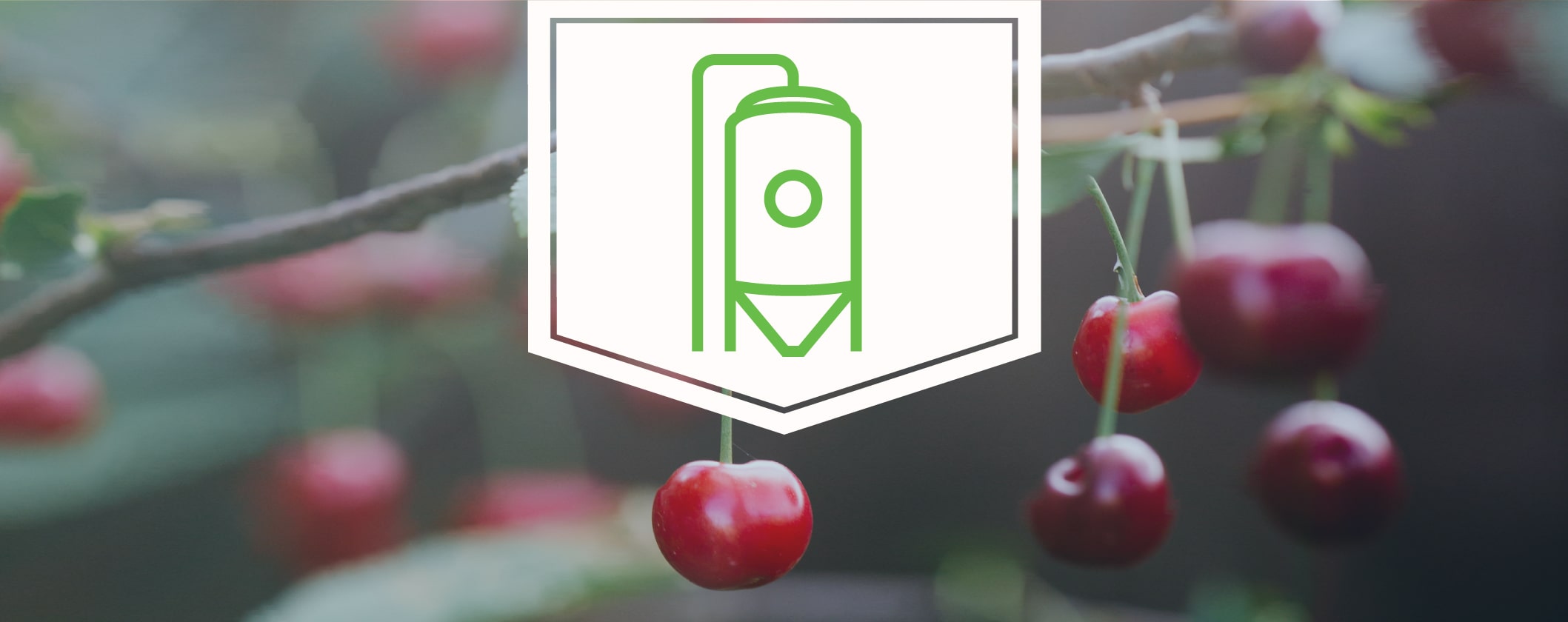Kettle Souring

KETTLE SOURING
Beers brewed and fermented under the traditional souring method will develop a complex character and will sour through a long-time process, in which the production of lactic or acetic acids are produced by bacteria during the second fermentation and achieved generally in oak barrels. This process is also known as the Mixed Culture Souring Method.
Craft brewers have taken to using an alternative process for souring that greatly reduces the time in which lactic acid levels are achieved. Following the Fast Souring Method known as Kettle Souring, the production of lactic acid is completed before the primary fermentation in a period of less than 72 hours. This process was patented in 1906 by Otto Francke to brew Berliner Weisse beers and achieved a more consistent sourness in the beers.
In both methods, to sour the mash or beer for a Berliner Weisse example, it would require pitching Lactobacillus, Saccharomyces cerevisiae, and Brettanomyces cultures. In some cases, 5223-PC Lactobacillus brevis is recommended because it will tolerate higher levels of IBUs if used in the primary fermentation with a yeast strain. As for the Saccharomyces cerevisiae strain, a top fermenting yeast such as 1007 German Ale will be a traditional choice and tolerant to lower pH levels. At bottling 5112 Brettanomyces bruxellensis is added to enrich and deepen the sourness intensity.
The kettle souring process will depend on the brewing equipment or system present at the brewery and will follow a similar brewing scheme:
- A regular mashing process
- Once the mash kettle is filled, proceed to accomplish the first boil for 20 minutes without adding any hops to the wort.
- An addition of Lactic Acid may be added to lower the pH to around 4.5.
- Depending on the brewing system, cool through the heat exchanger to a temperature 100 °F (38 °C) to 120 °F (49 °C) and return it to the kettle.
- During the first boil knock out, if possible, aerate with CO₂.
- At the kettle inoculate with your preferred bacteria culture.
- A CO₂ blanket can be created on top of the wort at the kettle to prevent any other spoilage microorganisms contaminating the batch. Likewise, close manway and all valves to access the kettle.
- Monitor pH and once the intended pH of 3.5 is reached, proceed as usual to a second boil in which hops are added and continue until the knock out is done.
To lower the pH in less than 48 hours, it would require pitching several liters of bacteria culture based on cells per mL, barrels per batch, size, and density. However, this task is not always economical for the brewer. An easy way to achieve the desired volume is to propagate a pure lactic acid bacteria culture through a Sample Kettle Sour Propagation Scheme:
Sour propagation based on 5.0 % inoculation rate
- 3 liters of Lactobacillus culture into 0.5 barrels unhopped sterile wort (5-10 °P @ >85 °F/ >35 °C)
- Incubate >85 °F (>35 °C) for 48 to 96 hours (time is temperature dependent)
- Once pH has dropped below 3.7 add to 10 barrels of sterile low hopped wort @ 110 °F (43 °C)
- Incubate ~24 hours @ 110 °F (43 °C)
- Confirm pH drop based on desired sensory (3.4-3.7)
